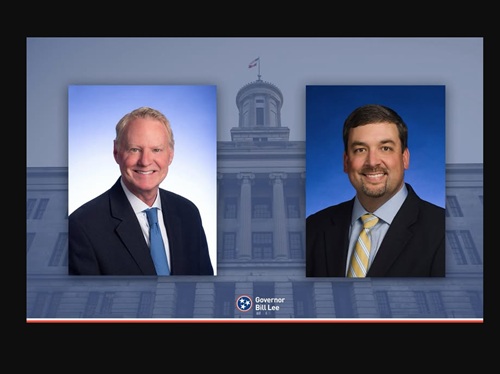An action plan is being developed by 15 states and the District of Columbia to ramp up electrification of medium- and heavy-duty vehicles, including large pickup trucks and vans, delivery trucks, box trucks, school and transit buses and long-haul delivery trucks.
In a joint memorandum of understanding or MOU, the coalition aims to ensure that 100 percent of all new medium- and heavy-duty vehicle sales be zero emission vehicles by 2050 with an interim target of 30 percent zero-emission vehicle sales in those vehicle categories of vehicles by 2030.

Signatories of the MOU – California, Connecticut, Colorado, Hawaii, Maine, Maryland, Massachusetts, New Jersey, New York, North Carolina, Oregon, Pennsylvania, Rhode Island, Vermont, Washington and the District of Columbia – said the transportation sector is now the nation’s “largest source” of climate-altering greenhouse gas emissions.
Accelerating the electrification of trucks and buses will help achieve deep, economy-wide emission reductions needed to avoid the worst consequences of climate change and protect public health, they said.
The coalition noted that trucks and buses account for an estimated four percent of vehicles on U.S. roadways, but contribute nearly a quarter of greenhouse gas emissions from the transportation sector and will work through the existing multi-state Zero Emission Vehicle or ZEV Task Force facilitated by the Northeast States for Coordinated Air Use Management to develop its truck and bus electrification “action plan.”
“Reducing pollution from medium- and heavy-duty vehicles will result in cleaner air for New Yorkers, particularly low-income neighborhoods and communities of color that have historically and disproportionately borne the brunt of the worst environmental consequences,” noted New York Governor Andrew Cuomo (D) in a statement.
“This multi-state agreement furthers the critical leadership roles of the states in combating climate change and establishes an example for other states to follow,” he added.
 States
States


